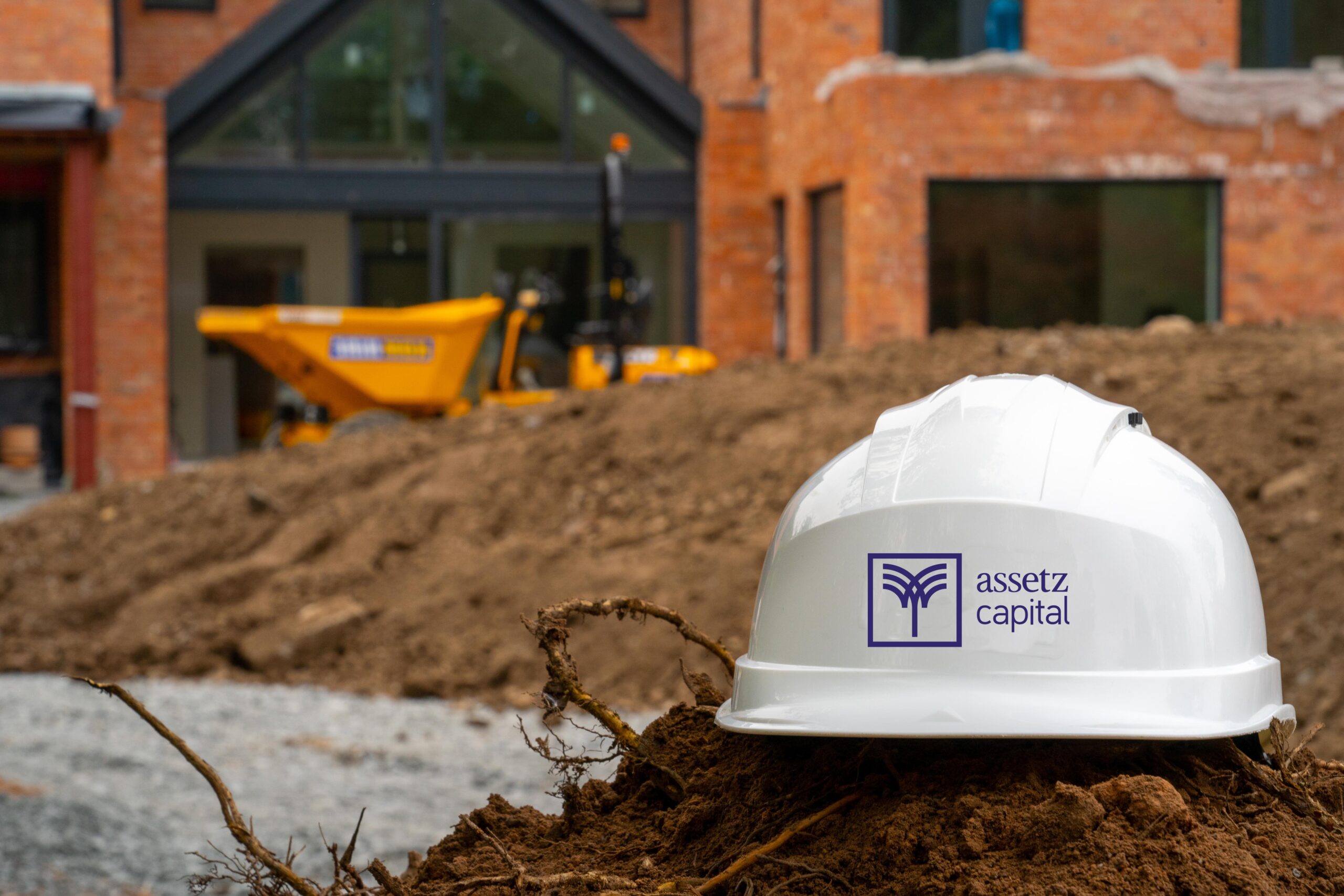It’s no secret that there’s been an unprecedented construction material shortage this year, and few would have forecast the near-perfect storm that has swept through the sector. The Government’s building ambitions appear to be in jeopardy thanks to these shortages which have been largely fuelled by Brexit and the Covid-19 pandemic.
A shortage in construction materials can in part be traced back to increased building and home improvement activity in 2020, particularly during the first lockdown. Adjusting to the pandemic led to a slowdown in the production of materials from some factories in the EU, and supply chains have remained stretched ever since.
Many developers have needed to use creative ways to get around the extra paperwork at customs, such as sourcing more local materials. However, the fact remains that many housebuilders are reliant on imported materials.
On top of our domestic backlogs, there’s also a global shortage of raw materials due to a combination of demand outstripping labour supply, and some trades putting up their rates due to being overwhelmed with work. This continues to constrain production of certain products, such as insulation, paints, and adhesives, as well as packaging for products, which are critical for our developers.
Labour rates have also skyrocketed in some areas in recent months due to a combination of demand outstripping labour supply, and some trades putting up their rates due to being overwhelmed with work. For example, my colleagues based in the South-East tell me high numbers of Eastern European workers have moved back to their respective countries as a result of Brexit, which has impacted that area in particular. Incredibly, the number of UK construction vacancies has now risen to 35,000 which is the highest figure since records began 20 years ago.
A shortage of lorry drivers has been reported by the Construction Leadership Council, which has a direct impact on building sites receiving their deliveries. The availability of hauliers is a particular issue and it’s clear that this is becoming a critical nationwide problem causing delays and impacting project programmes.
So, how will the material shortages affect UK housebuilders and developers?
Ongoing shortages will be a blow to those working on construction projects building with steel or timber frame, both of which are in short supply and could potentially face surging costs in the coming months. Developers who refurbish properties could also be affected by price increases. The cost of materials for repair and maintenance work rose 2% between March and April and increased by 11.2% between April 2020 and April 2021, according to a report in May. Building merchants are also under increasing pressure, leaving DIY projects in doubt, with paints, sealants, and some electrical components all in short supply.
There are several key items for builders that are in high demand that cannot meet their volume of orders, such as steel, cement, timber, roof tiles, plasterboard, plastics, bricks and plumbing items. Due to increased demand, lengthening lead times and low stock levels, we are seeing ongoing price rises – particularly with timber, steel, cement and paint.
What’s the best way to navigate shortages as we look to the 2nd half of the year?
Like any construction project, planning is key. Plan in advance so you aren’t caught out by shortages or price rises. This point is particularly important over summer as more people purchase DIY & landscaping products, which may place an additional burden on supplies.
Work more closely with your supply chain too; communicate your requirements early with suppliers, distributors, and builders’ merchants.
The construction sector is always innovating, and the use of modern methods of construction and factory building programmes will go a long way toward improving quality and production efficiency, but manufacturers will still be at the mercy of market forces when it comes to the building materials shortage.
To summarise, product availability is proving to be a significant and prolonged issue for Britain’s housebuilders and developers, and we as a lender need to be aware that the cost of building projects may change in the months ahead because of the pressure. We also need to make sure that we are always looking to improve our lending criteria and offerings in order to help housebuilders cope with this.





